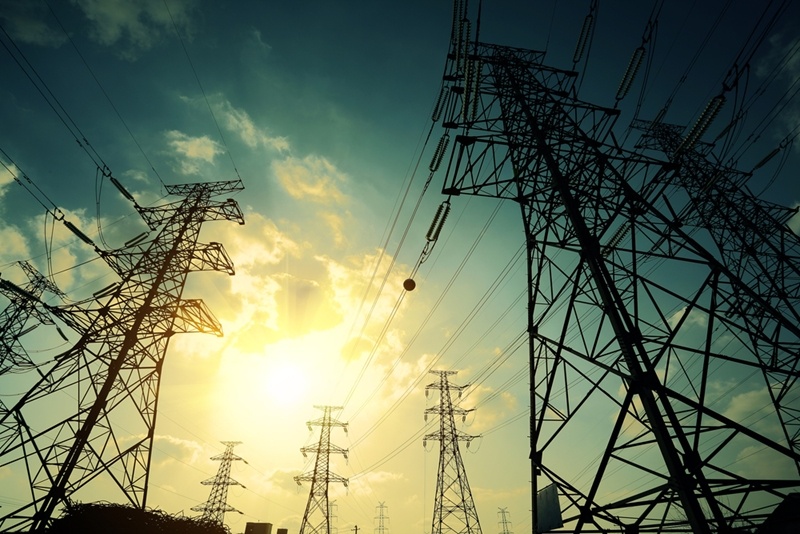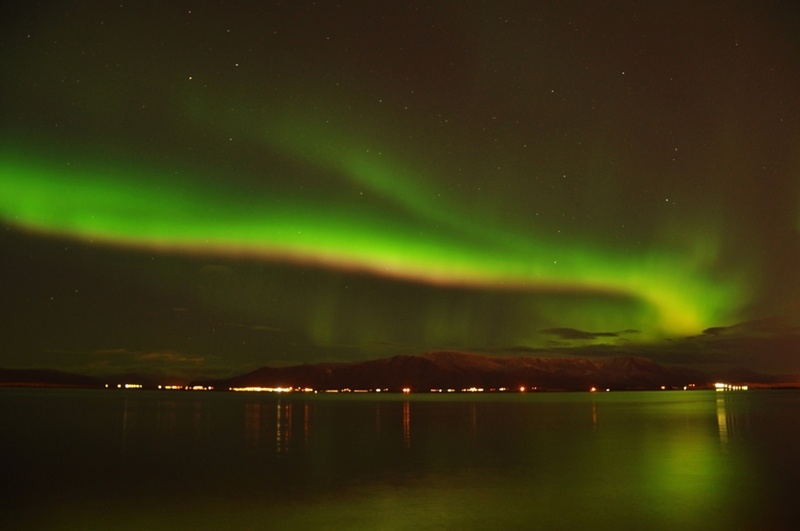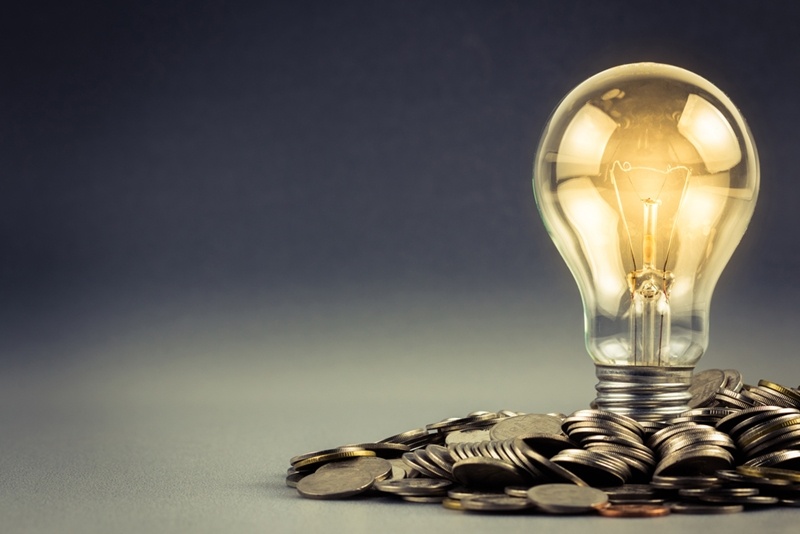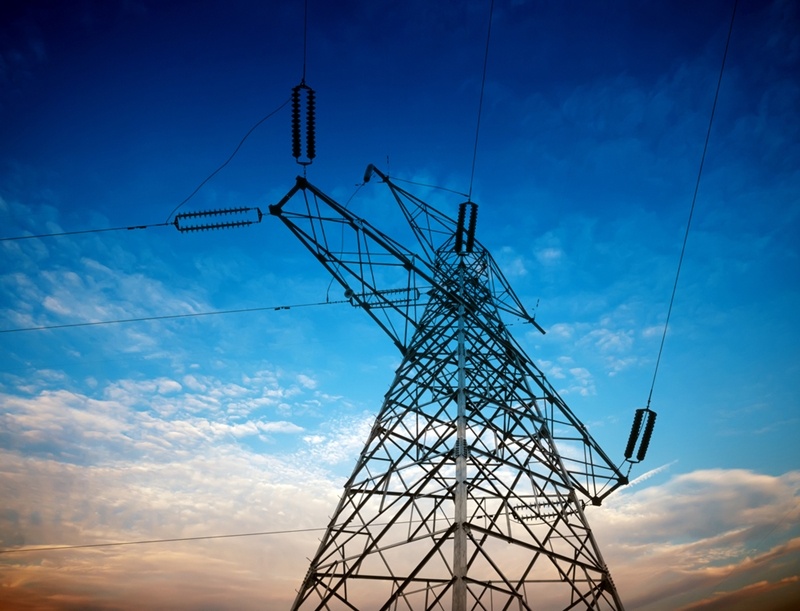How an unknown energy bill could greatly impact the U.S. grid
A new bipartisan energy bill reached the Senate last week focusing on updates to the country's general energy policy. Though the magnitude of this proposal reads tepid when compared to the sweeping Clean Power Plan recently implemented by the Obama administration, certain aspects of the measure could drastically affect the future of grid operations in the U.S. should it pass without much change.
"Clean, green energy is no longer a pipe dream."
Fossil fuel dependence
As Utility Dive pointed out, one of the first sections of the 350 document repeals a portion of the 2007 Energy Independence and Security Act, much to the dismay of environmentalists nationwide. The cut exonerates federal buildings from reaching independence from fossil fuels by 2030, which raises the question: Why does the U.S. government feel it can't accomplish this task? Or better yet, does it still want to?
According to the Energy Information Administration, the U.S. depends on fossil fuels for 82 percent of its energy demand. In the past, the popularity of renewables could do little to dethrone this giant, constituting less than 10 percent of total consumption in 2011. However, recent advancements in and proliferation of solar technology in the residential and commercial sectors as well as utility-scale operations indicate a shift in the public consciousness. Clean, green energy is no longer a pipe dream, but a viable industry with not just national, but global support.
How the federal government handles weaning its own assets off of combustive fuel sources has the potential to reverberate across both fossil fuel markets and renewable markets. Setting a countdown clock in this regard may be overkill for the oil and coal industries, both struggling to save face as renewables move in on the ground they lose. Too much support either way could trigger price fluctuations, resulting in grid instability.

Grid integrity and modernization
Speaking of which, several other portions of the proposal address the need for a more modern grid, one that can react to and accommodate for whatever might be on the horizon for the energy sector. This isn't just limited to solar storms and cyberattacks, but also an abundance of distributed energy resources and "large-scale, central generation." The bill plans to address each of these scenarios independently and research how today's grid stands up, using the resulting data as a benchmark for future investments, chief among them being technology designed to observe these reactions in the first place. According to the document, drafters hope to appropriate $50 million for research and development between 2017 and 2026.
Additionally, another section amends the Federal Power Act and allows the executive branch unilateral control over the nation's energy systems, from generation to delivery, in the event of an emergency. Though this could help grid operators sustain order amid the chaos of a natural disaster by deferring power to more able bodies, opponents believe it could also be a ploy for overstepping environmental regulations for the sake of advancements in things like hydropower. End users need a grid with greater control and flexibility during this volatile era in U.S. energy, but for many balancing interests may be more pertinent.
This content is property of ESCO Advisors and all reproductions must reference and link back to the ESCO Advisors website.
Share this
You May Also Like
These Related Stories

FERC seeks to upgrade grid protection against geomagnetic storms

Redirecting investment surges for more reliable grid management


